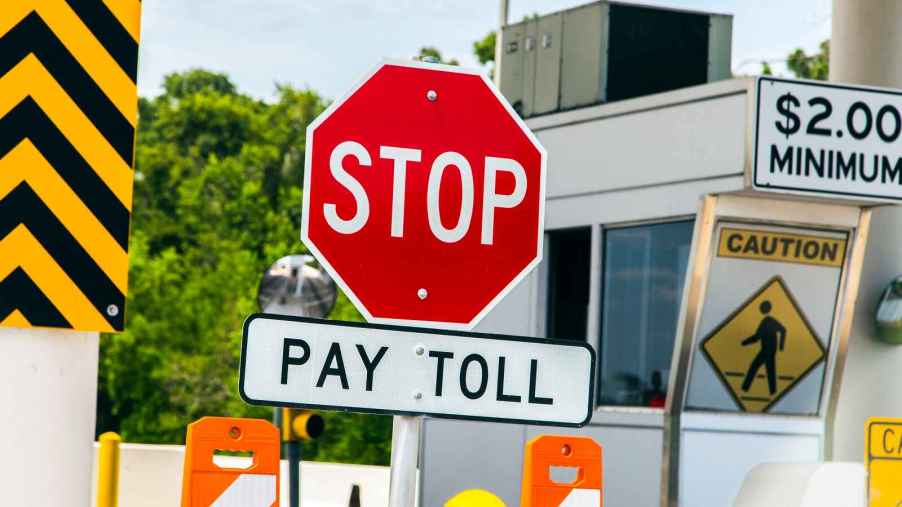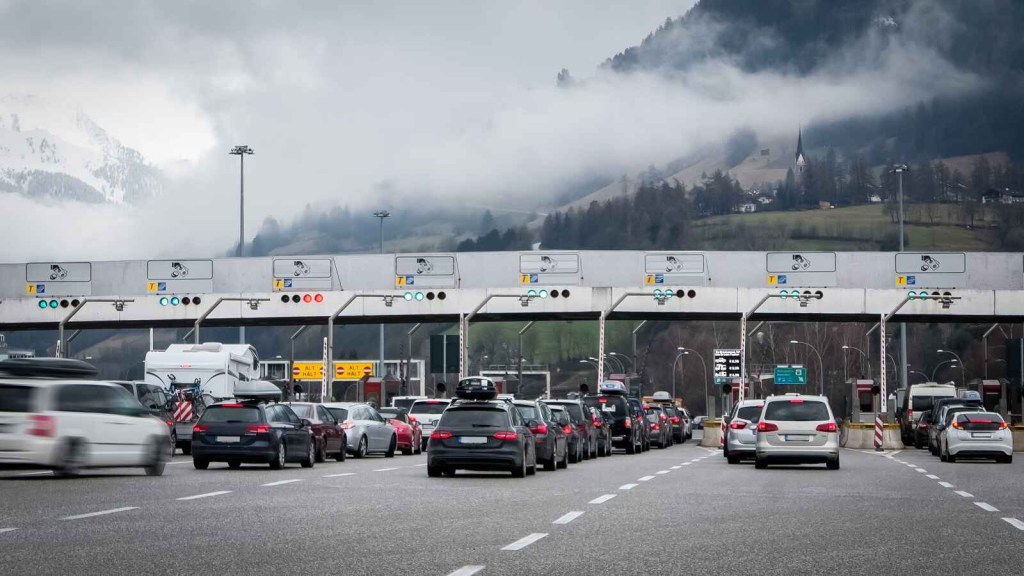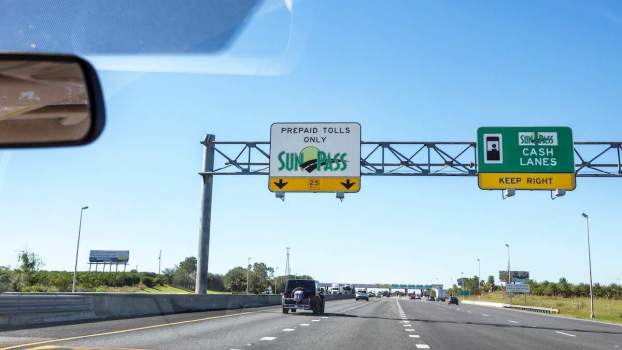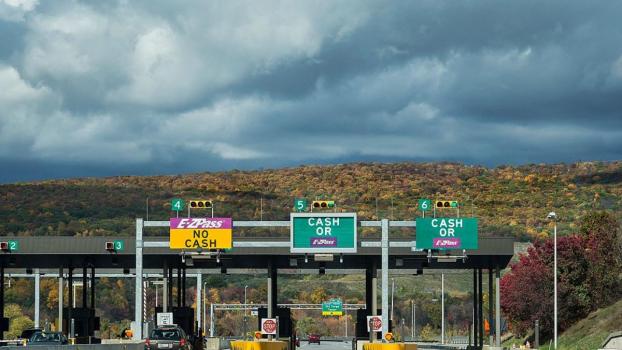
How Much Money Do States Make on Tolls?
Watching a stream of cars line up to pay a toll underscores how toll roads can be significant money makers. After all, they’re designed to boost a state’s coffers. But just how much revenue do they generate? It’s all dependent on the state and toll in question, but the simple answer is, generally, a lot.
Some states really rake in the dough from tolls
The New Jersey Turnpike Authority serves as the state agency overseeing the New Jersey Turnpike and Garden State Parkway. According to an NJTA budget report, the organization generated a staggering $2.13 billion in toll revenues in 2022. This was paid by a quarter-million passenger and commercial cars using the two toll roads during the year. For context, that’s just slightly less than the entire state revenue generated by Alaska, Wyoming, and South Dakota for the 2022 fiscal year.
Florida is another state in which toll roads serve as proverbial cash cows. Florida Weekly reported that the Florida Turnpike Enterprise, which oversees the Florida Turnpike and other state toll roads, generated $956 million in 2020. This was amid the initial stages of the COVID-19 pandemic and a notable drop of over $1 billion from the year before.
The Metropolitan Transportation Commission oversees transportation within the nine-county San Francisco Bay Area. It reported over $833 million in toll revenues for the 2022-23 fiscal year.
The revenues generated from toll roads are certainly impressive. These figures beg the question: How do states use all those funds?
Where does all this toll money go?

How states, municipalities, or regional authorities use toll revenues varies. However, the most common use is to fund maintenance on the toll roads themselves. Revenues may also be diverted to fund maintenance projects on other thoroughfares or fund the construction of additional lanes or expansions.
Road construction, maintenance, and expansion projects are significant financial undertakings. As such, tolls can effectively mitigate their financial impacts on government agency budgets. Even if toll users aren’t too happy with essentially another form of road tax being levied upon them.
Will tolls ever go away?
Don’t bank on it. The revenues generated by tolls are significant, and as such, government agencies aren’t too willing to cut off a source of necessary revenue. However, some new methods of padding state coffers through tolls are becoming more prevalent.
The Associated Press reported earlier this year most toll roads that have been implemented over the last decade aren’t traditional tolls, they are considered “price-managed lanes.” These lanes, which often run adjacent to major highways and interstates, are an optional toll. These price-managed lane tolls allow drivers to choose to pay a fee, which is variable and set by current traffic conditions, to bypass traffic on nearby, non-toll roads.
These price-managed lanes have become more prevalent in the South, the AP reports, but are also found in California, Colorado, Washington, and Minnesota.
Overall, tolls are unlikely to disappear from some major thoroughfares, and if the recent push for price-managed lanes is any indication, more drivers could encounter toll roads with a choice to pay a toll to hasten their journey.





